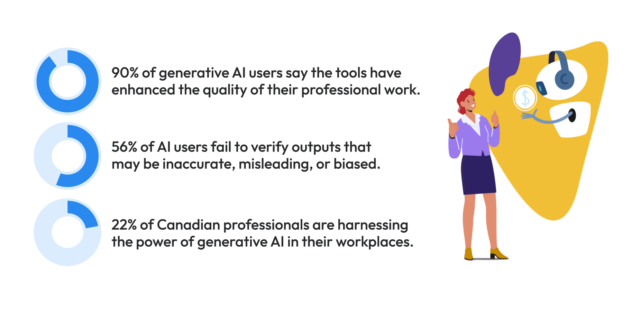HR Trends in Canada 2024
2024 will be a year of change in human resources, particularly for technology and artificial intelligence (AI) in the workplace. Other emerging trends include managing the current skills gap and labour shortage and developing inclusive workplace cultures with employee wellness and diversity, equity, inclusion, and belonging (DEIB) initiatives. With change comes both opportunities and challenges, and with planning and foresight, organizations can adapt and thrive as they navigate 2024.
HR trend 1: AI and technology can streamline HR, but not without risks
Advanced AI systems capable of generating content — such as ChatGPT, DALL·E 2, and Midjourney — have captured the world’s attention… these advanced systems may be used to perform many different kinds of tasks — such as writing emails, answering complex questions, generating realistic images or videos, or writing software code. While they have many benefits, advanced generative AI systems also carry a distinctly broad risk profile.
Voluntary Code of Conduct on the Responsible Development and Management of Advanced Generative AI Systems
Artificial intelligence (AI) in the workplace has become a trending topic in recent months, and it can have a significant effect on an organization and its employees. This year will see an increase in organizations using HR technology and AI to make informed decisions, assist in the recruitment process, improve the overall employee experience, and continually develop and improve a skilled workforce. The future of HR is set to grow alongside AI in 2024, so much so that recently the Minister of Innovation, Science and Industry released Canada’s Voluntary Code of Conduct on the Responsible Development and Management of Advanced Generative AI Systems. The code encourages measures that organizations can apply to their operations when developing and managing general-purpose generative AI systems.
What is Artificial Intelligence (AI)?
First, let’s start with a brief description of what artificial intelligence (AI) is. AI is a form of technology that uses computer programs to identify patterns and make predictions or classifications based on those patterns.
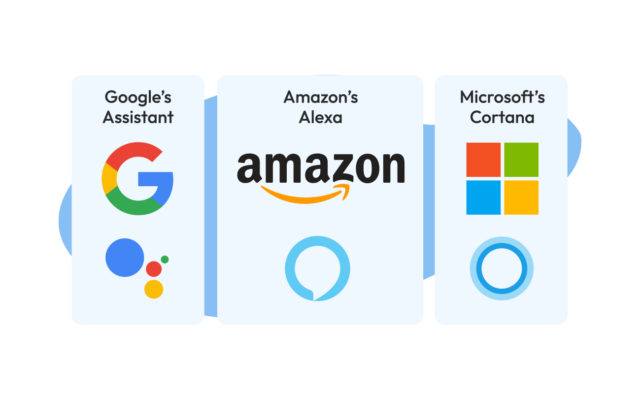
AI comes in many different forms. Many of us use AI in our everyday lives without realizing it. Everyday examples of AI include:
- Search engines like Google, Yahoo, or Bing;
- Digital assistants like chatbots or voice bots;
- Facial recognition like those used to unlock smartphones, tablets, and laptops; and
- Recommendation systems like those used by streaming services to suggest related content.
A specific type of AI that is of particular interest in HR is generative AI. Unlike traditional approaches to AI, which are limited to the data they can access, generative AI can create new content. It has five main applications:
- Generating content, such as images, audio, videos, and text;
- Analysing and summarizing information or data;
- Acting as a chatbot;
- Translating text; and
- Writing code.
AI and HR
Generative AI may have a significant impact on HR in 2024 and beyond. According to a recent survey conducted by McLean & Company, 68 percent of HR professionals reported that capacity issues are a roadblock to delivering on their priorities. Advances in automation and AI let HR streamline processes, improve efficiency, and focus on priorities that provide the most value, such as employee engagement, change management, and strategic planning.
A significant area for generative AI is recruitment. AI can quickly create job descriptions, tailor job postings, and aid in screening. Traditional methods often rely on time-consuming manual screening of applications. Applicant tracking systems powered by generative AI can quickly process and analyse large volumes of applications and identify potential candidates based on predetermined criteria. AI can also automate repetitive tasks in the recruitment process, such as scheduling interviews and sending invitations through e-mail.
Generative AI can also analyse data and provide insights for leaders and HR professionals. It can be used with performance data to evaluate performance, identify patterns, and suggest areas of improvement. AI can even be leveraged to improve fairness and reduce bias in HR.
Lastly, organizations can use generative AI to improve the overall employee experience. We typically see chatbots for customer service, but this technology can also be adapted for internal use. For example, generative AI can provide employees with personalized assistance and real-time support on common questions about payroll and benefits or company policies and procedures.
What are the risks of AI?
“By simply plucking data from the internet to train AI programmes there’s a good chance that we will magnify the stereotypes, the biases, and the false information that already exist.”
Kathy Baxter, Salesforce’s ethical AI Practice Architect,
World Economic Forum Annual Meeting, 2019
A significant concern when using AI in HR is bias and discrimination. Generative AI tools draw on the data they were trained on, including new queries. If the data used to train AI models contain biases, the output will reflect that bias, which could lead to discriminatory hiring practices, biased performance evaluations, and unequal opportunities for employees with diverse backgrounds.
AI in HR relies on collecting and processing varying amounts of employee data, which raises concerns about employee privacy, confidentiality, and data security. Consent must be obtained to collect, use, and disclose personal information except in specific circumstances as allowed by legislation. Employers must take reasonable measures to protect personal information in their possession from unauthorized use or disclosure. Be sure to follow privacy legislation, consider any confidentiality policies in place at your organization, and practise transparency regarding the use of AI and the data being collected. Employees should be aware of any personal data collected, the purpose for collection, and their rights concerning data privacy.
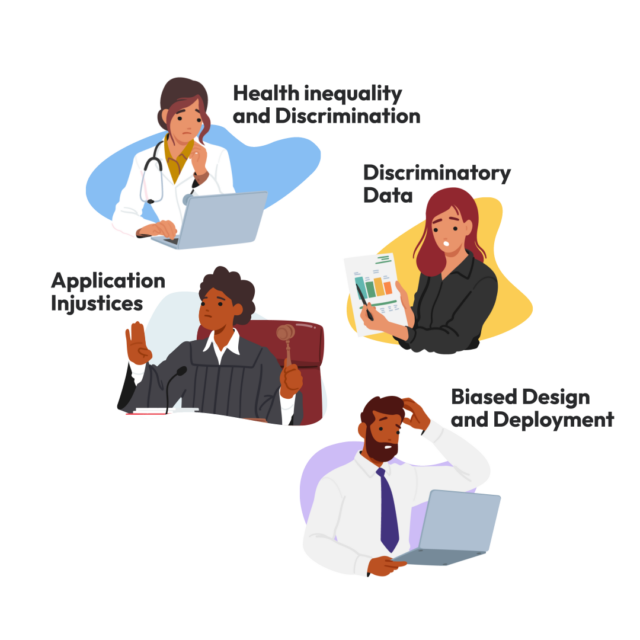
We must also remember that the workplace is a social environment where human connection and interaction are needed. Maintaining human involvement in interactions with employees is essential where empathy, understanding, and emotional intelligence are required. Although AI can streamline many tasks and improve efficiency within HR, organizations need to find a balance between technology and in-person interactions.
HR trend 2: Upskill employees to address the labour shortage and skills gaps
The window of opportunity to reskill and upskill workers has become shorter in the newly constrained labour market… For those workers set to remain in their roles, the share of core skills that will change in the next five years is 40%, and 50% of all employees will need reskilling.
The Future of Jobs Report 2020
The labour shortage will likely continue through 2024, and there will be a significant demand for skilled workers across various industries, with healthcare, construction, manufacturing, hospitality, and food services being hit the hardest. Multiple factors are affecting and reshaping the current labour market, including the impact of the pandemic, demographic shifts (like an increase in retirements), and technological advances.
Another common trend in HR for 2024 is the skills gap. Our blogpost, What Skills are Missing from Your Leadership Team? explores some of the human ways you can support and upskill leaders. Increasingly, employers are struggling to find not only skilled leaders but skilled workers in general. While there is no single solution to the skills gap, providing every employee the opportunity to upgrade their skills is one way to help fill any gaps while assisting retention efforts. Typically, it’s much more cost-effective to develop skills within your existing employees than to hire externally.
How to upskill your workforce in 2024
Upskilling involves an employee learning new technologies, improving current competencies, or gaining knowledge in new and upcoming areas in response to changing industry trends. Upskilling employees can take on many forms and may include training programs, online courses, workshops, and seminars. Mentorship and shadowing programs, where employees learn directly from experienced colleagues, are also popular. Our online training course catalogue contains several online topics designed to help upskill employees. To see our traditional and immersive training courses in action, book a free live demo with our HR experts at a time that’s convenient for you. With increasing adoption of new workplace technologies in the coming years, it is projected that 50 percent of employees worldwide will require some upskilling by 2025.
Trends in 2024 will continue to highlight the importance of people or behavioural skills development in the workplace. People skills, such as communication, leadership, creativity, problem-solving, emotional intelligence, and self-awareness, are essential to effective teamwork and organizational success.
When considering upskilling, you must determine your organization’s current skills gap. Surveys, skills tests, and interviews can identify upskilling priorities. Also consider personalized learning; not every employee will require the same upskilling. Developing customized training plans for each employee based on their strengths, interests, and capabilities is a crucial part of successfully upskilling employees. Using assessments and certifications to track productivity and accomplishments, and recognizing the employees who complete the programs effectively, is a straightforward way to encourage employee development and engagement.
Skills-based hiring is the top new trend in recruitment
While traditional recruiting processes emphasize required education, experience, or credentials for a role, skills-based hiring is a trend we expect to see more of in 2024. Skills-based hiring prioritizes a candidate’s skills and abilities over their education and credentials. Emphasizing the desired skills for a position and a candidate’s ability to perform certain tasks at the beginning of the application process, rather than the formal qualifications they possess, can help employers who are struggling to fill roles access new and diverse talent pools. Of course, skills-based hiring may not be possible in all roles, especially those that are highly specialized, regulated professionals, or roles with safety concerns, but skills-based hiring should be considered wherever possible.
Moving to a skills-based hiring approach may be a significant shift in mindset for many businesses, and even with its many benefits, there may be resistance. Rather than attempting to overhaul your entire hiring process, combining skills-based hiring with traditional hiring methods can be a way to slowly introduce a shift in recruiting methods. Try a small pilot project using skills-based hiring for difficult roles to fill, or for roles where transferable skills are more relevant.
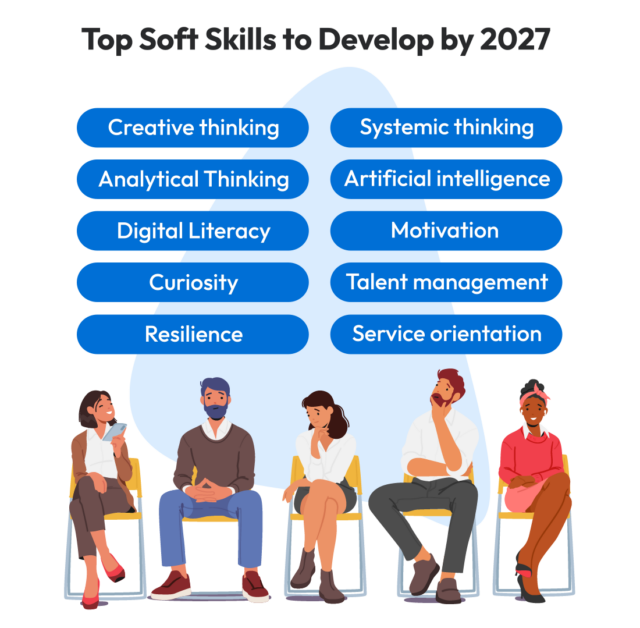
Employee retention is more valuable than ever
The proportion of businesses expecting recruiting skilled labour to be an obstacle has been steady. The same is true of the proportion of businesses expecting retaining employees to be an obstacle. Over one-quarter of businesses anticipate challenges in retaining skilled labour.
Analysis on labour challenges in Canada, Statistics Canada
In a competitive labour market, leaders must focus on retaining their existing employees. An increasing number of employees are prioritizing their mental, physical, and financial health, and are drawn to employers who provide support in those areas. Employers should try to provide employees with benefits they value, as well as curate an engaging and satisfying employee experience. For some employees, this may be through benefits and compensation, while for others it may be flexibility, an inclusive workplace culture, or training and career progression opportunities.
The employee experience—what employees see, hear, think, and feel about their organization—is also becoming more important for employers to consider. Employers should try to learn how employees experience work inside their teams and within the larger organization. Employee satisfaction surveys and meaningful conversations between leaders and employees at all levels are some simple ways to better understand employee satisfaction and identify key areas for improvement.
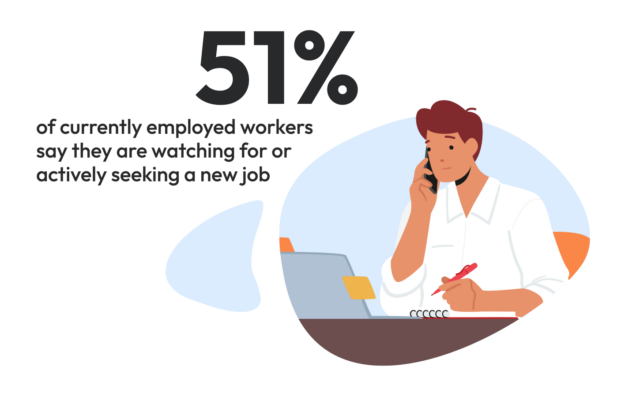
Helping leaders to lead helps organizations succeed
2024 will bring a focus to leadership development. Leadership development is especially as current leaders retire, leaving a knowledge gap for new, inexperienced managers as they assume leadership roles. More organizations are implementing customized leadership training programs to address the specific needs and challenges of their organization. Providing leaders training and education on topics like remote leadership skills, conflict resolution, innovation and creativity, digital literacy, and cross-cultural competence will better prepare these upcoming leaders to navigate change and support their employee’s needs.
Emotional intelligence in leadership, particularly resilience, empathy, and collaboration, is also projected to be a trend at the forefront for HR in 2024. The pandemic created a need for more compassionate and caring leaders, and leaders who are available and empathetic are more successful at motivating their employees to contribute to the organization’s success. Effective and transparent communication will continue to be a cornerstone of skilled leaders. Leaders play a crucial role as business communicators, and their actions shape the underlying culture of the organization. When leaders communicate authentically and consistently, it creates a culture of trust and transparency. You must be mindful of the impact and stress that change can have on employees. Coping with change will be different in terms of its impact and how each individual responds to it.
HR trend 3: An inclusive workplace culture supports recruitment and retention goals
Organizations have experienced a noticeable surge in stress-related absences. Surveyed respondents emphasize that the perceived risk level for the next 12 months is the highest ever recorded.
The International SOS Risk Outlook Report 2024
Workplace culture means the shared values, beliefs, and behaviours that shape how individuals interact and work together and it’s a continuing HR trend noted for 2024. The culture of an organization won’t be found in any policy manual, but it is found in the day-to-day experiences of employees. Trust, transparency, and how employees feel they are being treated, as well as how leaders run the organization and how teams collaborate, all come together to shape an organization’s culture. In 2024, organizations must prioritize their workplace culture, as it influences an organization’s ability to attract and retain top talent. A strong culture will help organizations enhance collaboration, increase productivity and employee satisfaction, and navigate changes in the years to come.
At a time when employees must cope with concerning global news headlines, a possible economic recession, increased costs of living, and financial stressors, we are seeing unprecedented levels of anxiety and depression in the workforce. With more Canadian employees than ever saying they feel burnt out in their careers, burnout has become one of the top five business risks for 2024. A culture of employee wellness within the workplace, particularly mental health wellness, is a current must-have for organizations. Employers must ensure that their policies, practices, and culture actively support and promote employees’ mental health and that common factors for burnout, such as a heavy workload, long hours, feeling unappreciated, lack of recognition, and unclear expectations, are considered in any decision-making process.
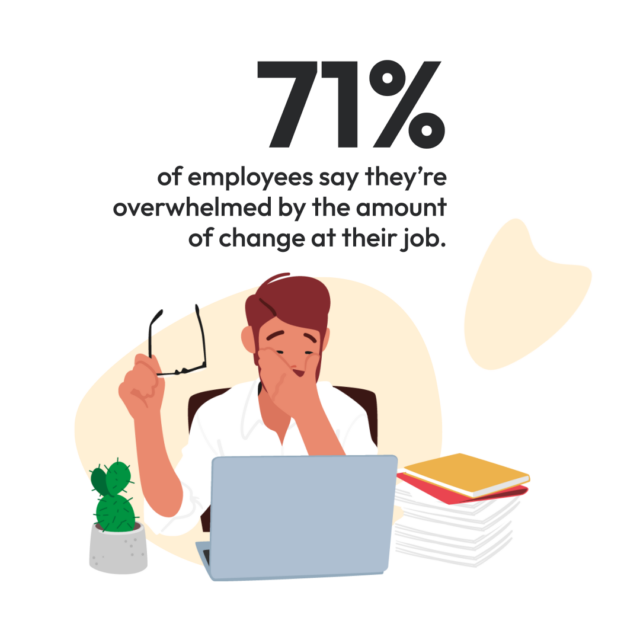
Diversity, equity, inclusion, and belonging (DEIB) efforts improve productivity
When organizations are highly effective at designing a positive employee experience, they are also:
- 2.5 times more likely to be high performing at quickly changing to capitalize on new opportunities;
- 2.4 times more likely to be high performing at workforce productivity; diversity, equity, and inclusion; and shaping a strong organizational culture; and
- 2.3 times more likely to be high-performing at generating and implementing new ideas.
McLean & Company, HR Trends Report 2024
Diversity initiatives continue to be a critical focus for HR and leaders, but significant work is still needed to prepare organizations for the workforce of the future. DEIB initiatives both promote a more equitable workplace and are necessary for organizational success. According to studies by LinkedIn, McKinsey, D&I Global Market Report, and People Management, organizations with inclusive teams are over 35% more productive, and diverse teams make better decisions 87% of the time
DEIB has evolved into an essential component for organizations to progress and stay competitive in the labour market. Addressing behaviours, systemic issues, and practices that sustain discrimination is vital for an inclusive workplace culture to thrive. Many organizations have revisited or plan to revisit their current DEIB approach and regularly assess the effectiveness of their efforts.
Gathering data on workplace demographics and first-hand employee experiences is a good place to start, as it’s critical to acknowledge and understand instances where policies or practices may have unintentionally excluded. Ask yourself whether there are any discriminatory practices in place at your organization. Do employees feel unsafe at work? Are your organization’s teams made up of a diverse demographic? You should also consider other measures of DEIB effectiveness, such as underrepresented groups in your organization, turnover rates, patterns within turnover, and demographic similarities among employees who receive promotions. By setting DEIB goals, organizations can measure their progress toward creating an equitable workplace and hold themselves accountable. Goal-setting also helps in tracking and achieving meaningful outcomes in DEIB initiatives.
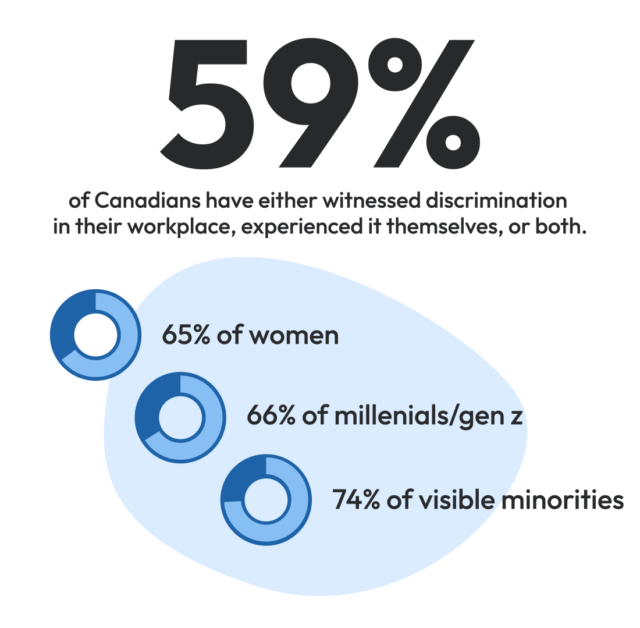
Positive leadership influences positive workplace cultures
In the coming year, effective leadership will be more important than ever as we navigate a time of complex change and potential challenges. Positive leadership influence is crucial for fostering resilience, guiding teams through change, and inspiring innovation. Effective leadership not only ensures organizational success but also influences the workplace culture and overall wellbeing of employees.
Culture doesn’t remain fixed, but shifts over time. During times of change, remember your role shapes the values, behaviours, and overall tone. Be present for your employees, be authentic and consistent in your messaging, cultivate trust, and show genuine dedication to living the cultural values in your everyday actions. This top-down approach is critical. If leadership promotes specific values but doesn’t embody these principles, the message loses credibility and effectiveness. Effective leadership involvement and influence can turn cultural shifts in the workplace into opportunities for growth, innovation, and improved engagement.
2024 Trends in HR
We can glean from these HR trends for 2024 that to thrive, organizations need to adapt swiftly to evolving workplace dynamics and address challenges to meet the needs of the future workforce. New technology and AI are here to stay and can be used in HR to increase efficiency and streamline some processes. But with these technologies come risks to privacy, confidentiality, bias, and human connection.
The labour shortage and skills gap will regrettably continue into 2024. There are, however, some practical strategies organizations can implement to manage this challenge. Upskill the existing workforce, introduce skills-based hiring approaches, and retain existing employees with a positive workplace culture.
The focus on workplace culture continues to be an essential trend directly related to an organization’s success. Prioritizing employee wellbeing and mental health, proactive DEIB initiatives, and effective leadership influence can significantly impact workplace culture. By staying informed and implementing proactive strategies, organizations can successfully navigate the changes and challenges of the future of work.
Citation Canada, formerly HRdownloads, can help your organization achieve its HR goals and prepare for these trends with trusted guidance from our team of experienced HR experts. Book a free demo of our flexible plans and learn how they can help organizations prepare for these trends and futureproof their HR responsibilities!


